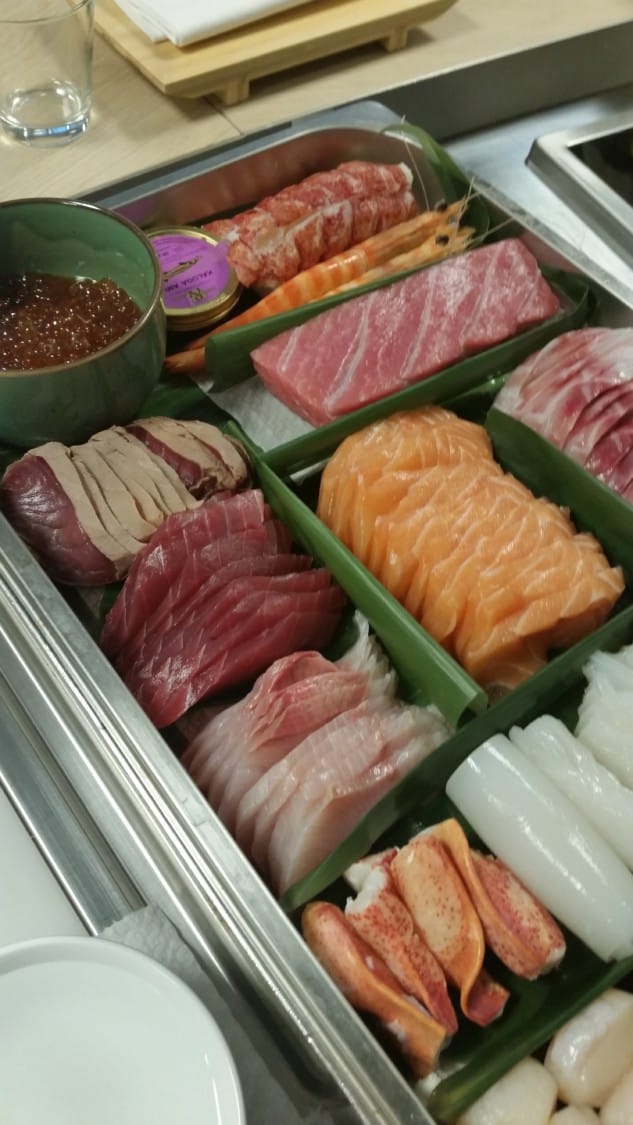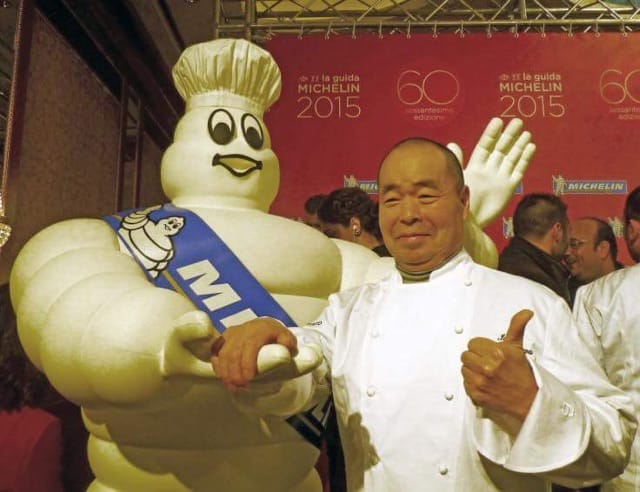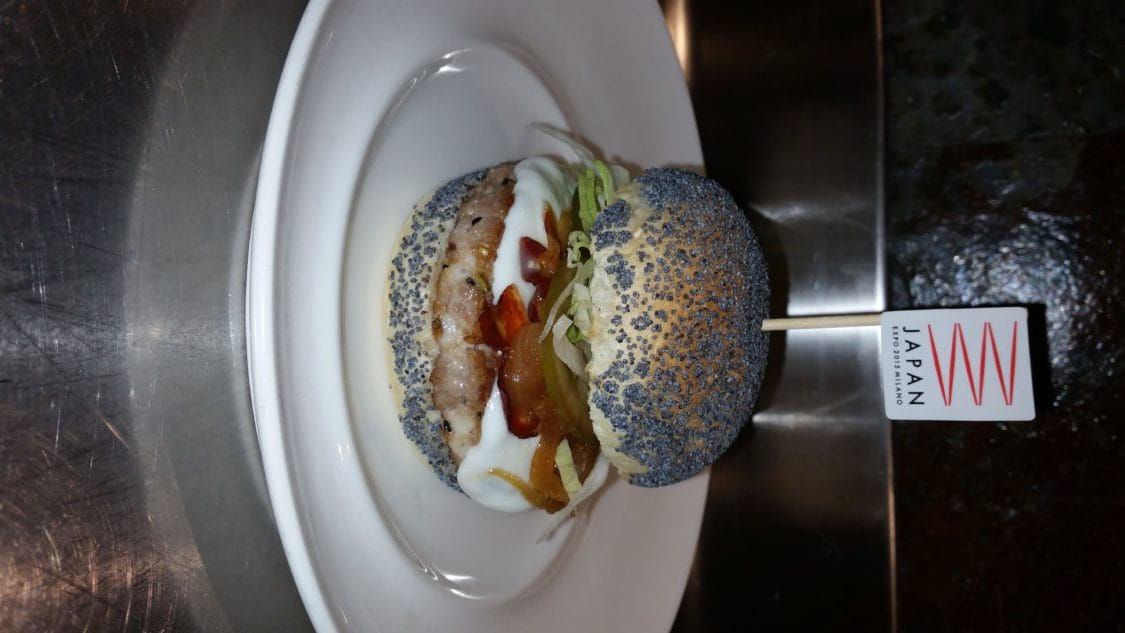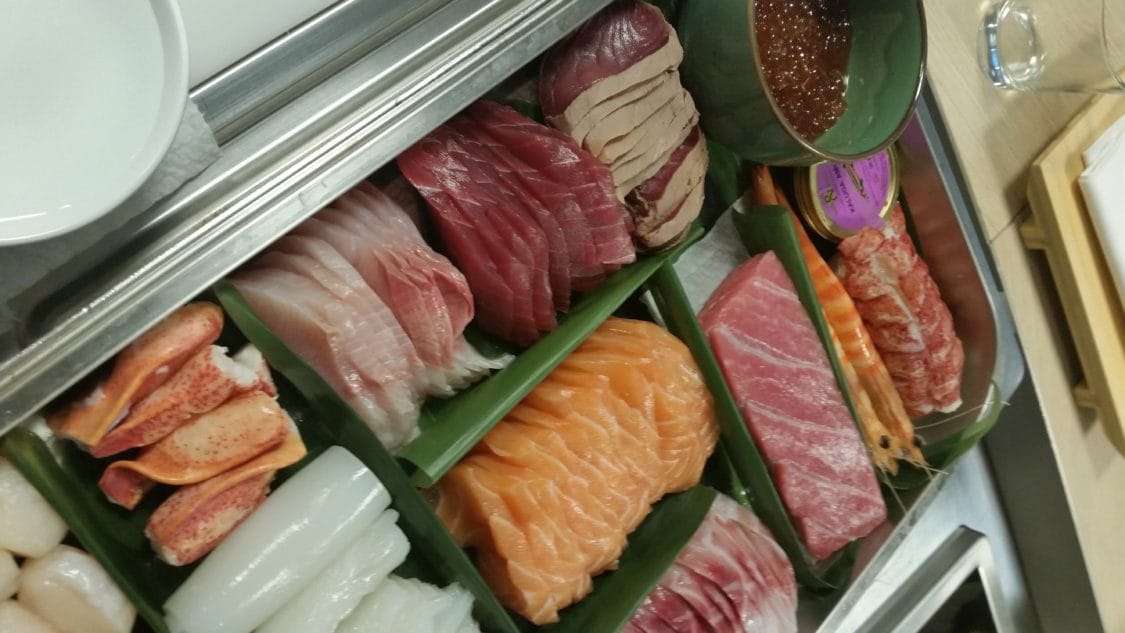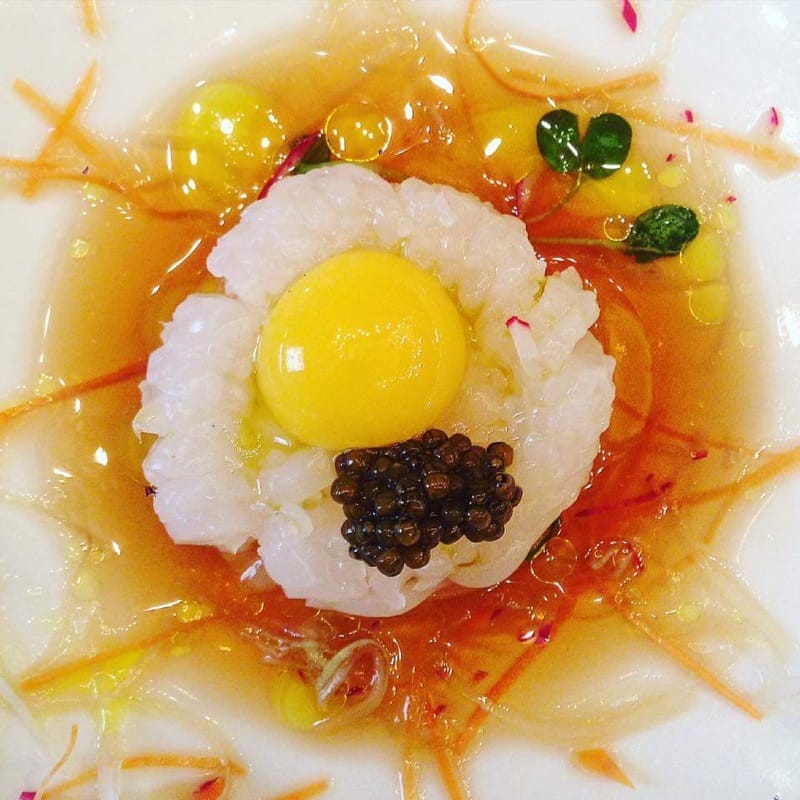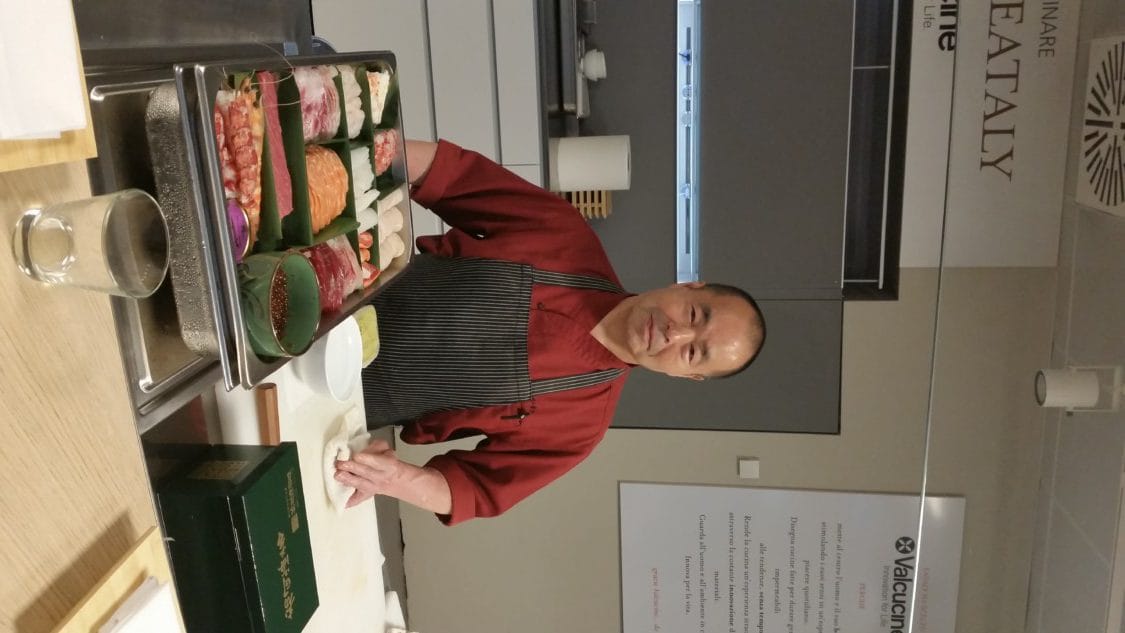It was in 1990 when Chef Haru Ichikawa arrived in Italy to work at traditional Japanese restaurant Endo in Milan after having been already a Sushi master in Tokyo and Los Angeles for almost twenty years. He was looking for an opportunity in Europe. At that time there were only a few Japanese restaurants in the city. Not many Italians knew what exactly Sushi was and even a few had an experience of eating raw fish. "When I said I would be serving a dish of raw fish, people used to tell me it's disgusting!!”.
Since then, Chef Ichikawa has trained chefs at more than 300 restaurants and has become a prominent advisor for many Japanese restaurants around Europe. Today there are over 400 Japanese restaurants only in Milan and a bottle of soya sauce can be easily found in many supermarkets.
As Italy's culinary tradition has been so overwhelmingly dominant and the country is deservedly proud of its food cultural heritage, there has never been so much room for ethnic eateries. Perhaps many Italians were not so adventurous to try out exotic tastes in the 90's so that the empire of pastas and pizzas wasn't the easiest place to open a restaurant. Only in some regions on the seaside such as Sicily, the locals traditionally eat raw fish, but they eat only a certain kinds of fish such as shrimps, marinated tunas and sword fish. The chef says, “many Italians couldn't even recognise the smell of fresh fish”. Yet, he didn't easily give up his pleasure of cooking Japanese food for the conservative Italians.
Naturally, the Sushi boom in Europe has started in the big metropolis such as Paris and London where people are more used to eating a variety of international foods. The Japanese population is also higher in those capitals so that there was a stronger demand for Japanese cuisine. Sushi restaurants started opening in Milan only for the past 10 years, following the trend in England and France. Since then, there has been a constant increase of Japanese restaurants especially in Milan where there is the biggest fish market in the country.
As more Italians started eating Sushi, Chef Ichikawa has started a catering service for private parties, even though he didn't always find what he needed. “Once I was in Puglia, but I couldn't find rice vinegar (which is one of the essential ingredients). So I had to use wine vinegar instead. Also the rice was different. So I had to invent something taking advantage of the ingredients that I could find locally. "
On another occasion, he was invited to cook in a villa in the country side in Tuscany. When he arrived, he found a stove with a portable gas bottle attached, which is just good enough for camping, but not suitable for deep-fried Tempura. The fire was too weak to fry anything and there wasn't even an appropriate frying pan. So he picked the smallest and the shallowest pan in order to keep the temperature as high as possible. Eventually he managed to serve a delicious tempura dish for the hungry guests. "When we are not in Japan, you need to forget and forgive a certain things. You cannot be angry or ask for what they don't have. Instead, you need to learn how to cook with what you have", says the Chef.
There are many ingredients that don't exist in traditional Japanese sushi restaurants in Japan. For example, “when we made a traditional roll which is a sushi wrapped in a sheet of black seaweed, some customers ate only the rice inside. They thought only the filling was edible. A roll like Uramaki was invented for foreign customers so that it has a seaweed sheet inside of the rice roll and they can eat them all together. When I started working in the United States, I was shocked to see people eating some sushi with mayonnaise. But after all, if they like the combination, why not!” With this cheerful attitude, he has been inventing many Japanese dishes using some Italian ingredient. Today, one of the works he enjoys the most is an exclusive catering service he has been providing to some Italian celebrities at their parties.
His tireless efforts were rewarded when his fusion restaurant IYO earned a Michelin star in 2015. Iyo is the first non-Italian restaurant in Italy to receive the honour. “It was one of the most enjoyable experiences,” says the Executive Chef.
It is also his years of dedication to the art of Japanese culinary culture in Italy that led him to win the first prize in the prestigious Girotonno Tuna fish competition on Carloforte island in Sardinia in 2014. He cooked the award winning dish “Toccami” (literally meaning “touch me” in Italian) for over 100 people, using a trilogy of red Tuna nigiri, tartar marinated with Miso vinaigrette and tuna Teriyaki combined with eel. The dish refers to a combination of To (Tokyo), Ca (Carloforte) and Mi (Milan), in which he combined three different cooking techniques from the three different cities. The Jury, explained chair Paolo Marchi, “was struck by his evocative skill, the celebration of a journey through history of the tuna from Tokyo to Carloforte, passing through Milan, where he lives and works, as well as by the extraordinary technique used to prepare this masterpiece which Italy increasingly love and respect, the red tuna”.
He repeatedly says, “it's important to enjoy myself”. Iyo where he works as the Executive Chef has been just renovated and is planed to reopen in September. The Chef says, “I think I'm ready to open my own restaurant in near future, (after having worked as the Executive Chef for so many restaurants). Many Italians are ready and they understand the authenticity of fish”. Well, we are very looking forward to hearing more openings and certainly have no doubt of experiencing his exquisite art of Sushi.
www.iyo.it

